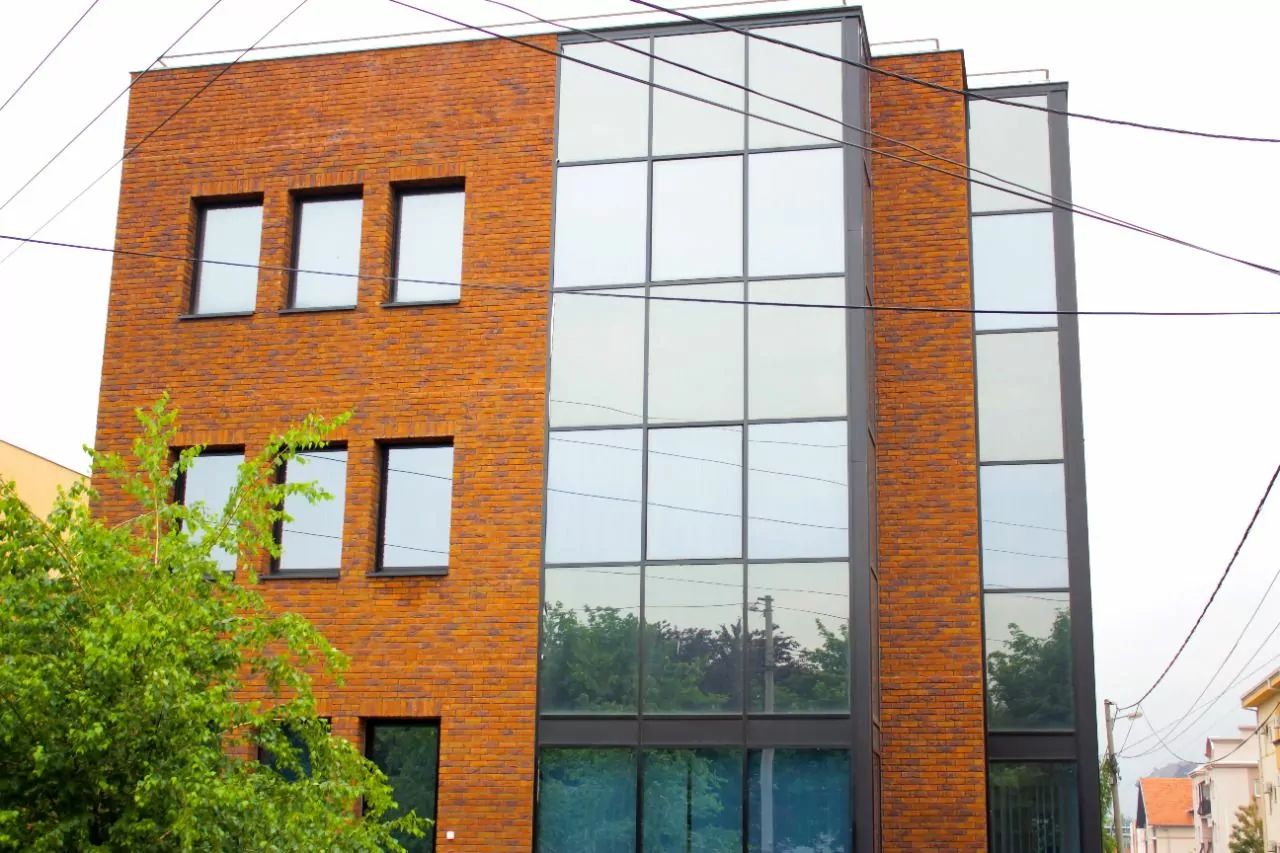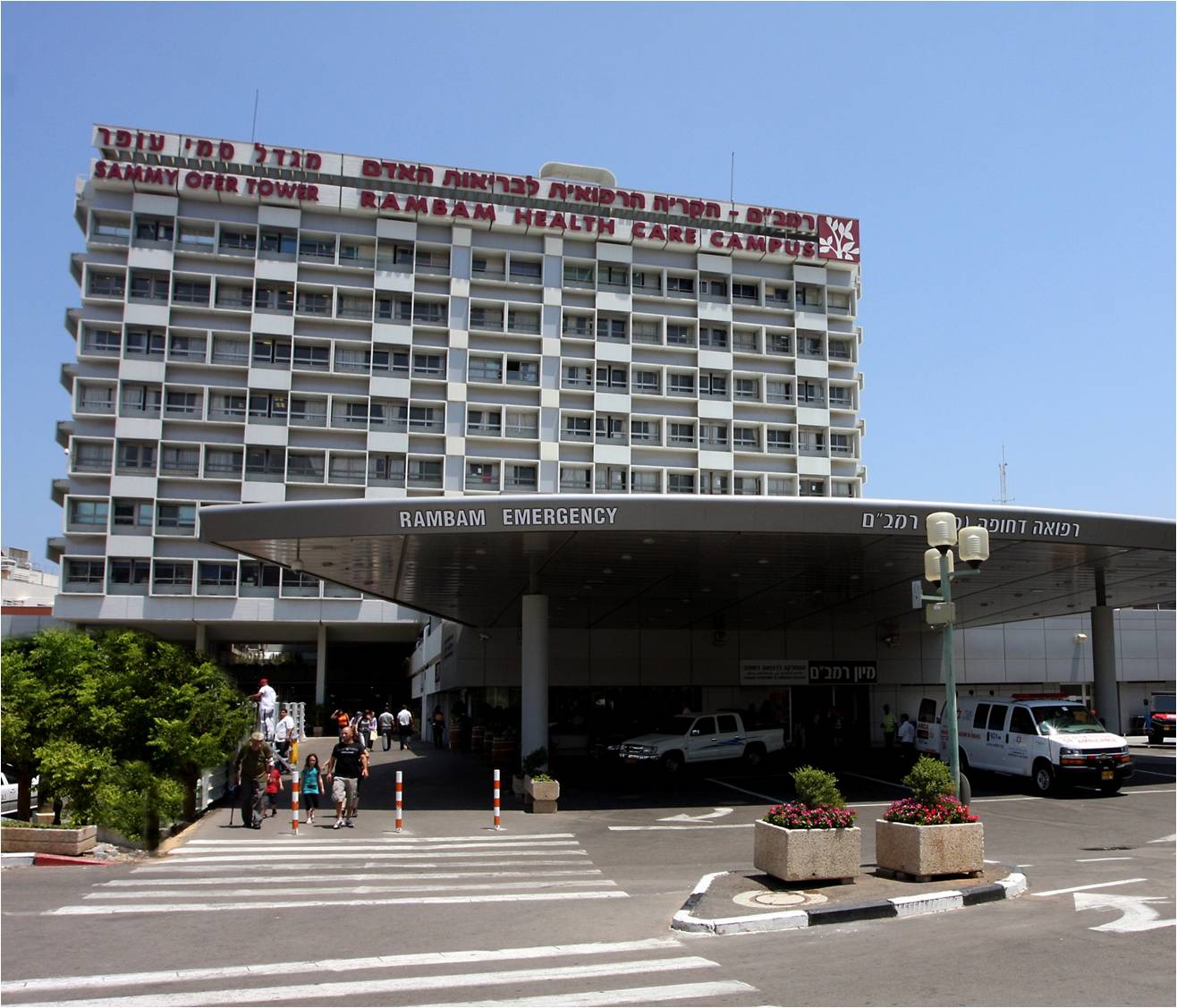Stem cells are a distinct type of cell that has several important properties. They can self-renew, reproducing many other similar cells. In addition, they can also transform into other cells, performing various functions. Stem cells are present in almost all tissues of the body. They play a very important role in maintaining the functioning of other cells and tissues, as well as in recovery from injury. Research shows that stem cells extracted and cultured in the laboratory can repair tissue damaged by cardiovascular disease, Parkinson’s diabetes or other diseases.
Cells extracted from stem cells from the umbilical cord of newborns have enormous therapeutic potential. This method is being used experimentally to further use the cells to treat blood diseases such as leukemia or lymphoma. Also, in recent years, stem cells have played a fundamental role in the treatment of serious illnesses such as spinal cord aplasia or congenital disorders of the immune system. In addition, new methods of using stem cells in regenerative medicine are currently being developed to restore the functions of damaged organs and tissues, or those that are impaired due to disease.
The concept of stem cells and their use in medicine
The main function of stem cells, which are a person’s own natural material, is the regeneration of bone, cartilage, skin or muscle tissue. On the other hand, blood stem cells can be used to treat diseases related to the blood or immune system. Thus, due to their natural properties, stem cells can become the basis for the formation of other cells that have other specific functions. They also have the ability to self-renew, allowing one stem cell to generate another. There are three main types of stem cells.
- Embryonic: they are at the stages of embryonic development and are capable of generating any tissues and organs.
- Adults: they exist in certain organs and tissues, promoting their constant regeneration.
- Extracted from the umbilical cord: they have special characteristics because they are a natural material intermediate between embryonic and adult cells.
When extracting from the umbilical cord, the cells can be removed through a puncture of the umbilical vein, the part of the umbilical cord that remains attached to the mother until the placenta is delivered. This process is painless and carries no risks for either the mother or the child.
Stem cells are used in transplantation and regenerative medicine. In turn, there are two types of transplant therapy.
- Allogeneic: using cells from a healthy donor.
- Autologous: Using the patient’s own cells, previously extracted, stored and preserved.
In both cases, the number of cells is the deciding factor for their use in the graft, as there is a minimum number required to perform the transplant.
Stem cells differ from other cells in the body in the following properties:
- the ability to undergo repeated division and renewal over a long period of time;
- the inability to perform certain functions in the body, since they serve as the primary material that then forms cells that perform more specialized functions; the ability to transform into more specialized cells, in particular muscle, blood and brain cells.
Stem cells are found primarily in the bone marrow (the spongy interior of some bones). Here they divide to produce new blood cells. When blood cells mature, they leave the bone marrow and enter the bloodstream. A small number of immature stem cells also enter the bloodstream. The properties of this cell type are used in many areas of healthcare; Medical research continues to be actively carried out, involving more and more new specialists and studying an increasingly wider number of areas. Many medical practices already use such therapeutic methods in their activities. One of the best and most progressive institutions is the Cellthera Stem Cell Therapy Center in the Czech Republic. We will help you organize an initial consultation with the center’s specialists.
Studying stem cells can also help explain why serious diseases and pathologies such as cancer and birth defects occur. They are already successfully used in the treatment of Parkinson’s and Alzheimer’s diseases, in the treatment of spinal cord injuries, heart disease, diabetes and arthritis. Over the next few years, scientists will be able to develop more effective and versatile therapeutic methods to treat even more ailments.











